I am trying to figure out whether given those constraints regular 2D packing problem can be simplified. You have n regular s-sided polygons for s between 3 and 12. All of them have the same side length. We need to minimise the area of bounding square.
I would think that having all of the regular with same side length the packing can be easier since some configurations will always fit perfectly next to each other. Though I am not sure whether this property is of any use since local minimum might not translate to global minimum.

